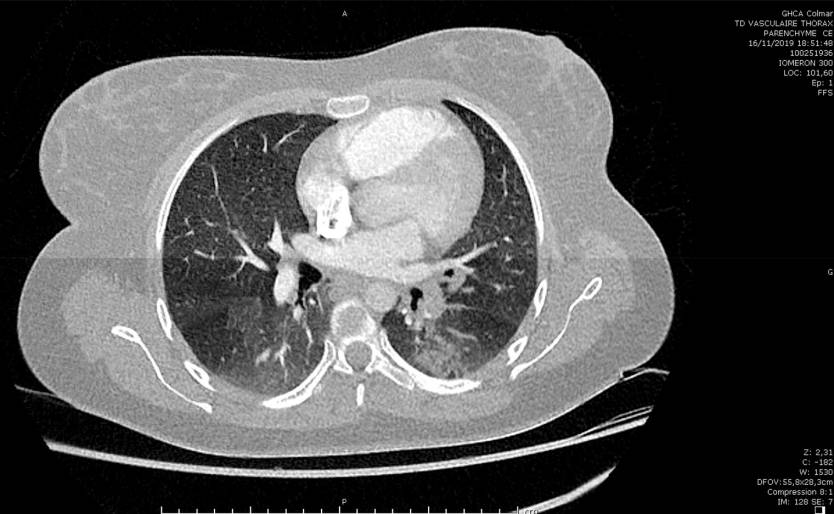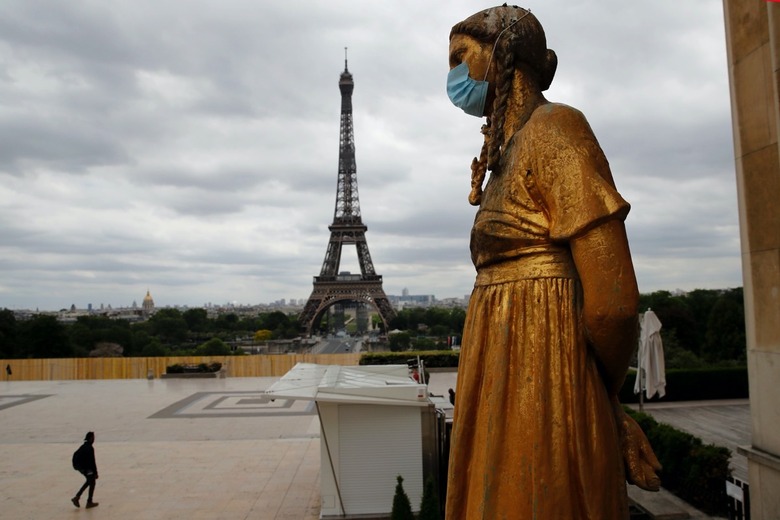New Study May Change Our Understanding Of The Coronavirus' Origins
- The origin of the novel coronavirus pandemic is still unknown because the world lacks data about Patient Zero, the first patient who got the virus.
- New research indicates that COVID-19 may have been spreading in France in mid-November when some patients already had atypical pneumonia that's consistent with a positive COVID-19 diagnosis.
- The data might back up other findings that say the virus may have jumped to humans as early as October.
- Visit BGR's homepage for more stories.
The novel coronavirus wasn't made in a lab, but that doesn't mean China has been forthcoming with information about the origin of the virus. After all this time, it's still unclear when the first COVID-19 patients appeared, as that information hasn't been made public. But we're getting more and more evidence that outbreaks in Europe and the US started even earlier than officials thought. The latest proof comes from France, a country that already obtained evidence that said a COVID-19 patient was admitted to a hospital in Paris in late December at a time when no one knew about the disease. That patient had not traveled to China or anywhere else. The doctors who tested his samples months after his hospital visit were unable to explain where he got the virus from. And now, new evidence says the virus may have been circulating in France as early as mid-November, more than a month before the first confirmed case in Paris.
Just like the doctors from Paris who started looking at past cases to discover patients who exhibited COVID-19-like symptoms, a team of researchers in the northeastern French city of Colmar started looking at X-ray results that would be consistent with CT imagery of confirmed COVID-19 patients. The team identified two X-rays from November 16th and 18th that showed symptoms consistent with atypical pneumonia that often presents with COVID-19 cases.
"This fits a pattern we're seeing with coronavirus — especially early coronavirus infection where you're seeing some abnormalities in some parts of the lungs but not abnormalities everywhere," Dr. Vin Gupta told NBC News after analyzing the images obtained from the French doctors.

A scan of a suspected COVID-19 patient in France from mid-November 2019.
The X-ray results might not be enough to confirm a COVID-19 diagnosis for those patients. However, doctors can trace them back to the patients and conduct additional interviews as well as antibody testing that could prove the diagnosis and establish how they got the infection. Then again, it's always possible that these patients could have contracted COVID-19 in the months following those initial hospital visits.
France is still searching for Patient Zero, information that could help authorities map the exact path of the infection and adapt their strategies for dealing with the virus going forward.
"We can only manage the future if we understand the past," Albert Schweitzer Hospital radiologist Dr. Michael Schmitt told NBC. "Today, we clearly do not understand this outbreak." Schmitt and his team will now analyze X-ray scans from October after already having looked at 2,500 chest X-rays taken from November 1st to April. Aside from the two November cases, the team discovered 12 patients in December and 16 in January that are suspected of having been infected.
The patients who came to the hospital in mid-November could have been infected up to two weeks before their admission. That means they could have come in contact with a COVID-19 carrier as early as late November or even late October. A recent study that looked at the various SARS-CoV-2 strains circulating in the wild concluded that "phylogenetic estimates support that the COVID-2 pandemic started sometime around October 6th, 2019–December 11th, 2019, which corresponds to the time of the host-jump into humans."
Recent reports also showed that US intelligence agencies collected raw data that hinted at a public health crisis in Wuhan, China as early as November. News of the novel infectious disease reached the public in late December, which is when the public first learned about new atypical pneumonia cases popping up in patients in Wuhan.
